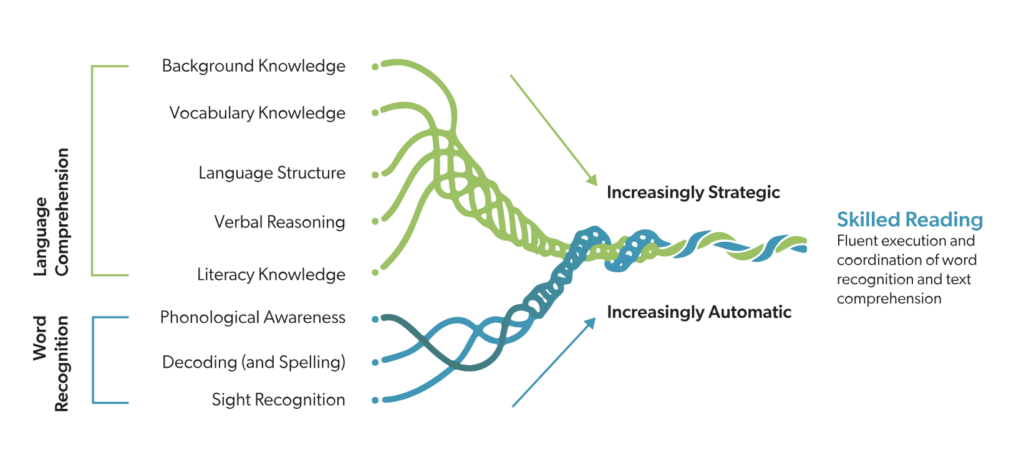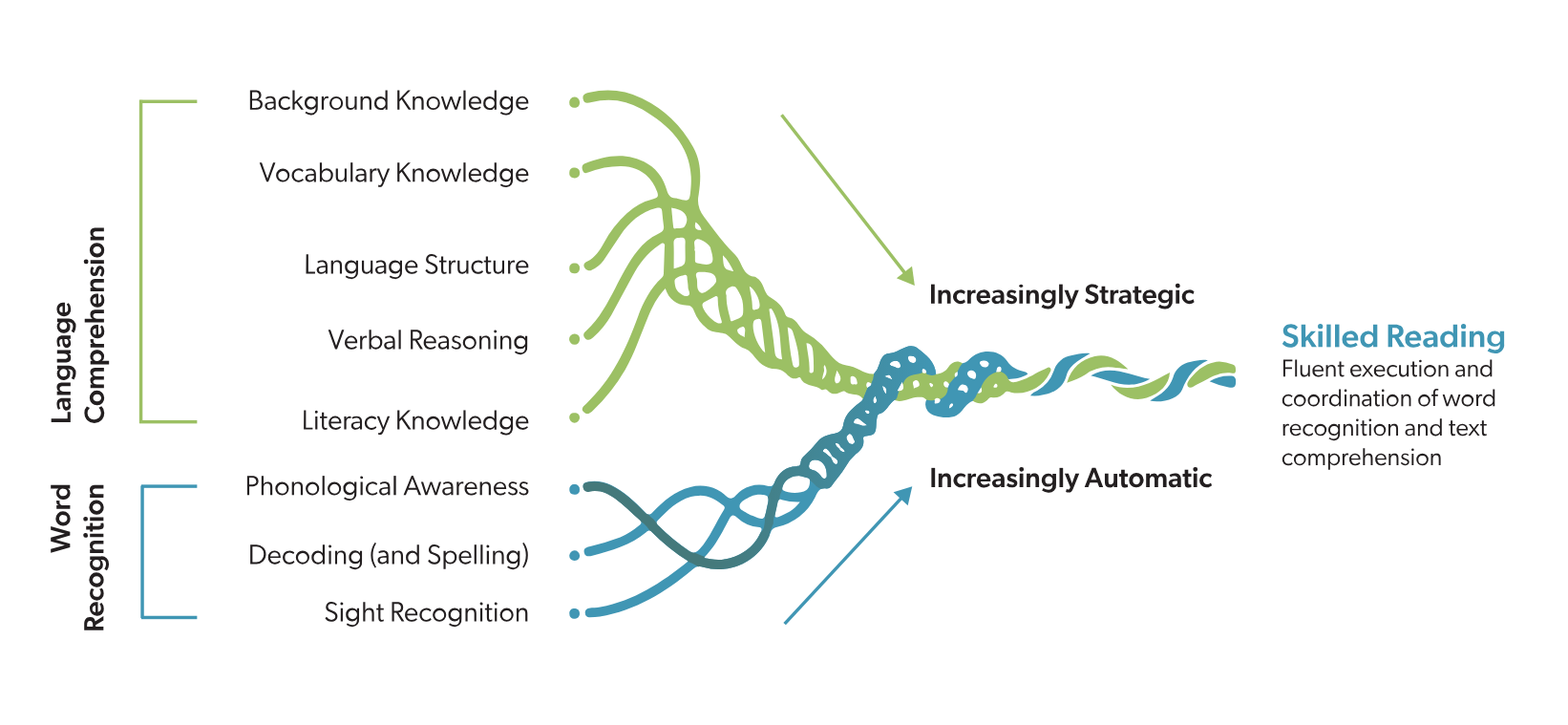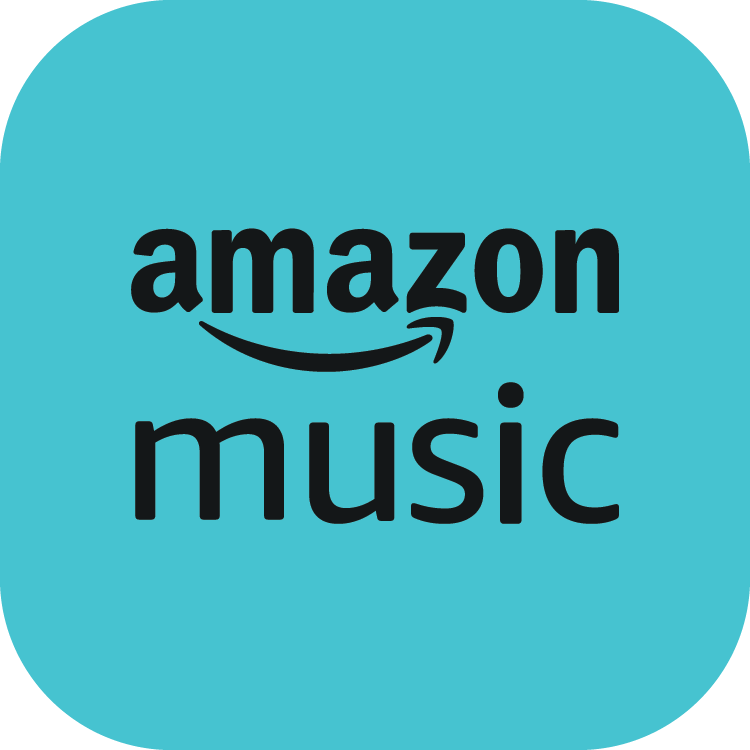
BY STACY HURST, M.ED., CHIEF ACADEMIC ADVISOR
As educators, we know how important it is to develop strong reading skills early on. We are always on the lookout for how to support striving readers better and inspire a lifelong love for reading in our classrooms.
The only problem? We don’t always see eye-to-eye as professionals on the best way to do this.
Teachers, curriculum decision-makers, and education leaders all want the best for our students. Even the most passionate among us need evidence-based instructional approaches to help our learners succeed.
That’s why we’re going on a deep dive into the world of foundational literacy instruction—to build understanding, break down the science, and serve up some much-needed clarity.
The topic of the day? The Structured Literacy Approach.
If you’re an educator
- on the fence (or completely bewildered) about Structured Literacy vs. Balanced Literacy,
- confused about how to apply science of reading techniques in your classroom to boost reading comprehension, or
- wondering how the approach works with other models like Scarborough’s Reading Rope…
…we hope this provides you with a resource that you can use to make an informed decision in your classroom.
Let’s dive in!
What even is Structured Literacy?
In its most basic form, Structured Literacy is instruction that addresses the structure of English.
(quite a mouthful, isn’t it?)
The idea goes something like this—
Since we’re working with the English language, we have to address all of the components that go into the language in a structured manner when we’re teaching students how to read. This includes:
- Phonetic structures – the sounds we produce in speech
- Phonemic structures – the way letters and letter combination represent those sounds
- Syntactic structures – the structure of sentences
- Semantic structures – the relationship between words
- Morphological structures – the meaningful parts of words
Unlike other systems, such as whole language or balanced literacy instruction, which are rooted in the idea that reading happens naturally, like speaking or listening, the Structured Literacy approach (SL) attends to these structures in print.
How does Scarborough’s Reading Rope fit into all of this?
Created by Dr. Hollis Scarborough in the early 1990s, Scarborough’s Reading Rope is a model that provides a great representation of all of the structures involved in English and illustrates the interdependence and interconnectedness of all those components over time to lead to skilled reading.

The lower strands of the rope, involving skills such as orthographic mapping (the process of attaching phonemes to graphemes), need to become increasingly automatic over time to achieve skilled reading. But historically speaking, this hasn’t always been applied in the best possible ways in instruction. The upper strands of the rope deal with language comprehension skills needed to understand what is being read.
While Structured Literacy always attends to the strands of Scarborough’s Reading Rope, the way that the approach does so changes over time.
So, for example, if we want to focus on vocabulary background knowledge, syntax, and parts of speech in kindergarten and first grade, SL instruction would do that largely through
- speaking and listening through read-alouds and
- by having conversations with students about the text.
By the time students are in third, fourth, and fifth grade, their word recognition skills should be automatic. Therefore, building vocabulary and background knowledge and working with syntax and parts of speech can be covered more through reading and writing as students can access and produce text.
How do we build automaticity? Skills absolutely need to be taught explicitly and sequentially. As teachers and administrators, we also need to ensure that we have scheduled enough time for students to practice reading skills and not just talk about reading.
Structured Literacy and the science of reading?
Maya Angelou said, “When we know better, we do better.”
The science of reading (SoR) is a constantly evolving body of research that leads the SL approach by helping educators know better.
Structured Literacy is the ‘do better’ part of the equation. For example, while SoR gives us systems such as The Gradual Release of Responsibility model—brilliantly summed up by Anita Archer as “I do, we do, you do,” Structured Literacy applies it.
How? By focusing on instruction.
Explicit literacy instruction is a highly researched, evidence-backed approach that becomes front and center in the Structured Literacy method.
By learning more about the science of learning and the science of reading, educators are better prepared to focus not just on what we’re teaching but also how.
The importance of professional learning
Teachers are busy people—time is almost always at a premium. But we must always remember that as educators, we’re students first.
That is why it’s important to set a climate of learning as professionals and allow teachers the time and space to continuously refine their skills and knowledge.
A great way to do this in contemporary times is through professional learning communities. We can benefit from the experience of somebody in our building and by connecting with like-minded people from across the country!
| What if lesson preparation could take as little as five minutes? Reading Horizons Discovery® provides lesson-specific videos at the beginning of every lesson, plus embedded tips that give teachers the background knowledge they need to teach that lesson effectively. Learn more here. |
Storytime: My journey
In college, I was at the tail end of the era where pre-service teachers were trained in whole language instruction, at least in my part of the country.
However, when I started teaching, I underwent training in balanced literacy, which significantly shifted my perspective.
The game-changer—the point that altered the course of my career and allowed me to align my work with science and research—was the release of the National Reading Panel Report. It was almost serendipitous that I started teaching right around the time this report hit the scene because this document became so much more than a resource for me. It formed the bedrock of my teaching approach.
Through this report, I recognized the need for a structured program to teach phonics and set out to find one that resonated with the recommendations laid out by the National Reading Panel.
Now, especially in my current role, where I guide a group of pre-service teachers, I am adamant about the significance of research. But I also realized that just having access to research isn’t enough. Its true value lies in its application.
Let’s face it: You can read a research article, but it won’t give you a step-by-step guide for your classroom tomorrow.
Over time, as I integrated research principles into my practice, things started to click. It became a process of adjustment and learning, where the seemingly disparate pieces began to form a coherent and ever-growing body of knowledge. It’s in the practical application that the real magic happens.
And that, my friends, is the beauty of the teaching journey—a continuous evolution where research meets practice and creates a better way of understanding and implementing things.
Where can I learn more about Structured Literacy?
A great starting point would be the resources provided by The Reading League and their website, Compass. These places are gold mines for anyone invested in literacy instruction and even include curriculum evaluation guidelines.
Educators have always been a highly networked community, and asking questions to your peers may be a good option. Good places to start would be The Science of Reading Collective and this science of reading group on Facebook.
Structured Literacy takes time.
Embracing the Structured Literacy approach is like nurturing a garden. It requires time—time for us teachers to refine our methods and time for our students to cultivate their skills.
As long as we stick to evidence-based strategies, perpetually stay in learning mode, and take a moment to celebrate our victories, we are steadily paving the way to assist all students in reaching reading proficiency.
And as teachers, we know that is the real prize—witnessing our students succeed.

